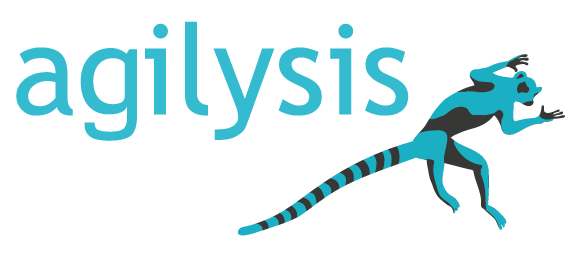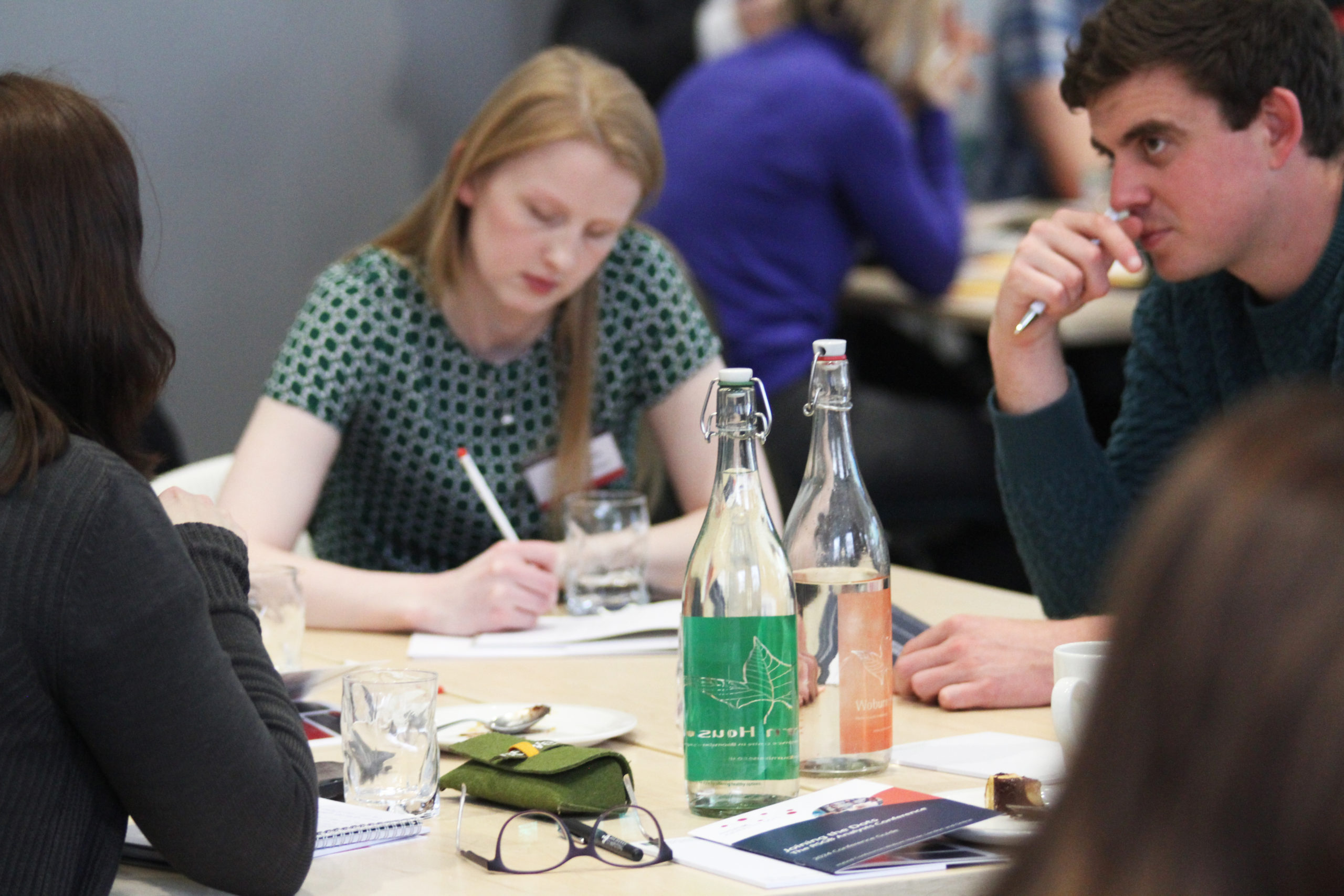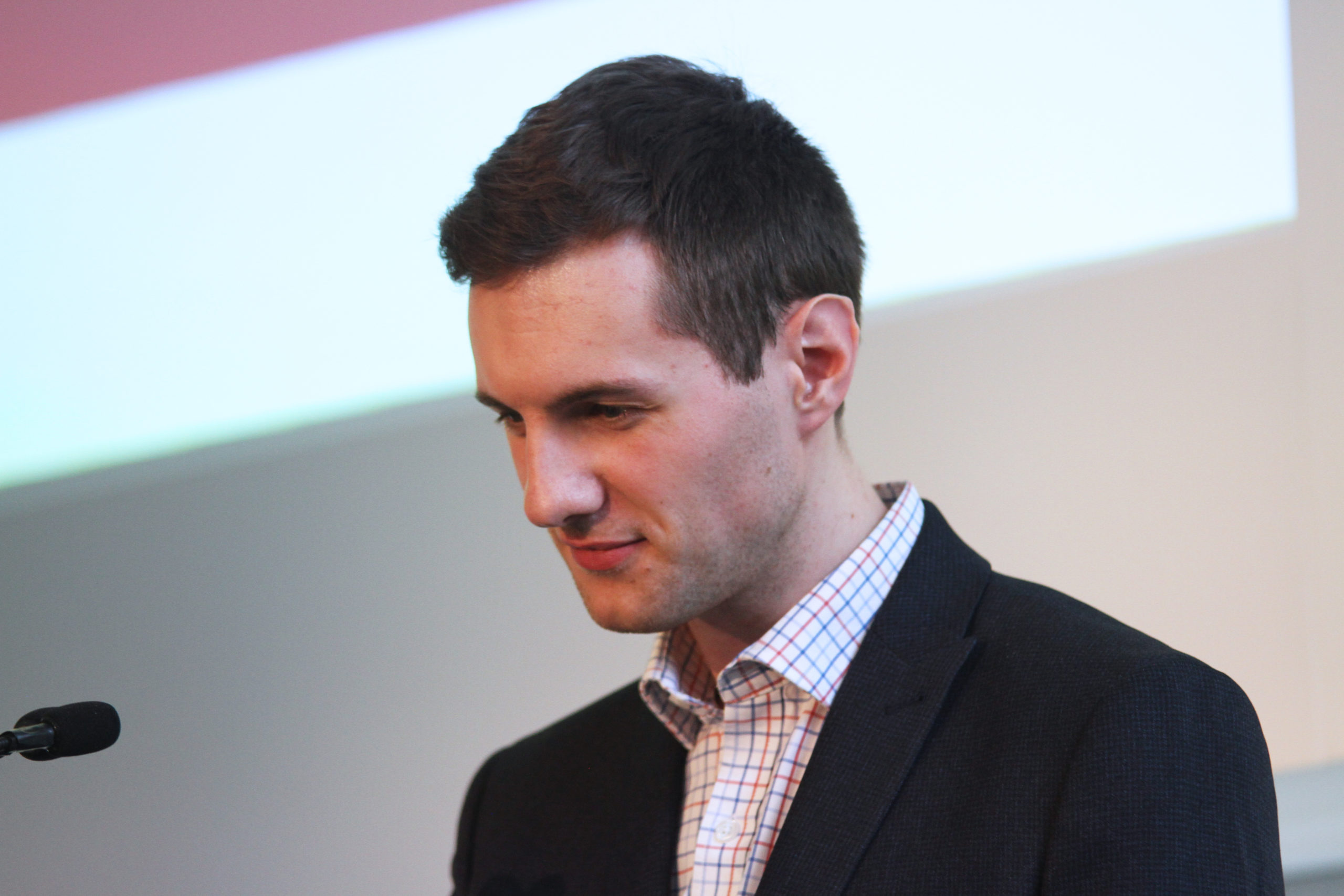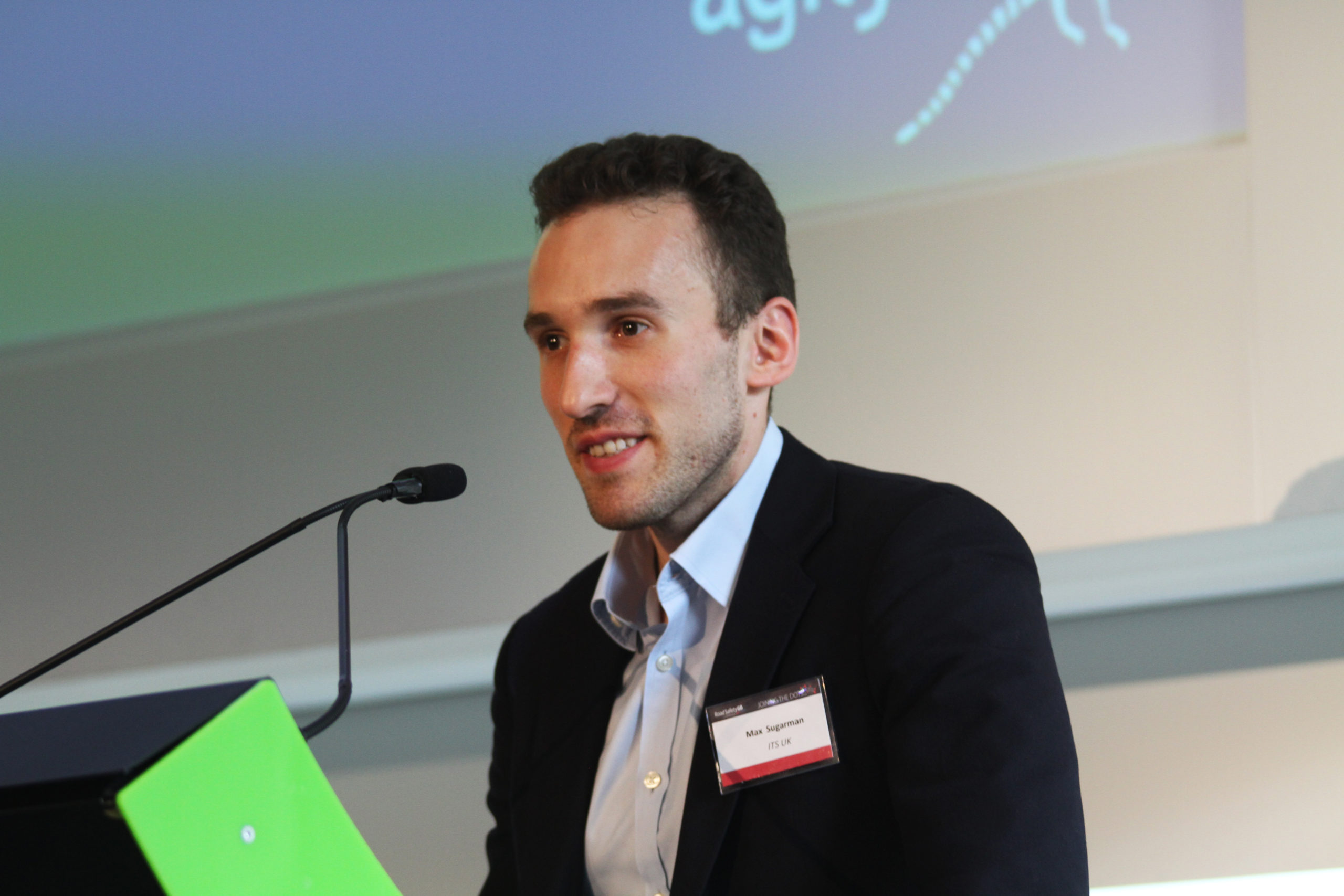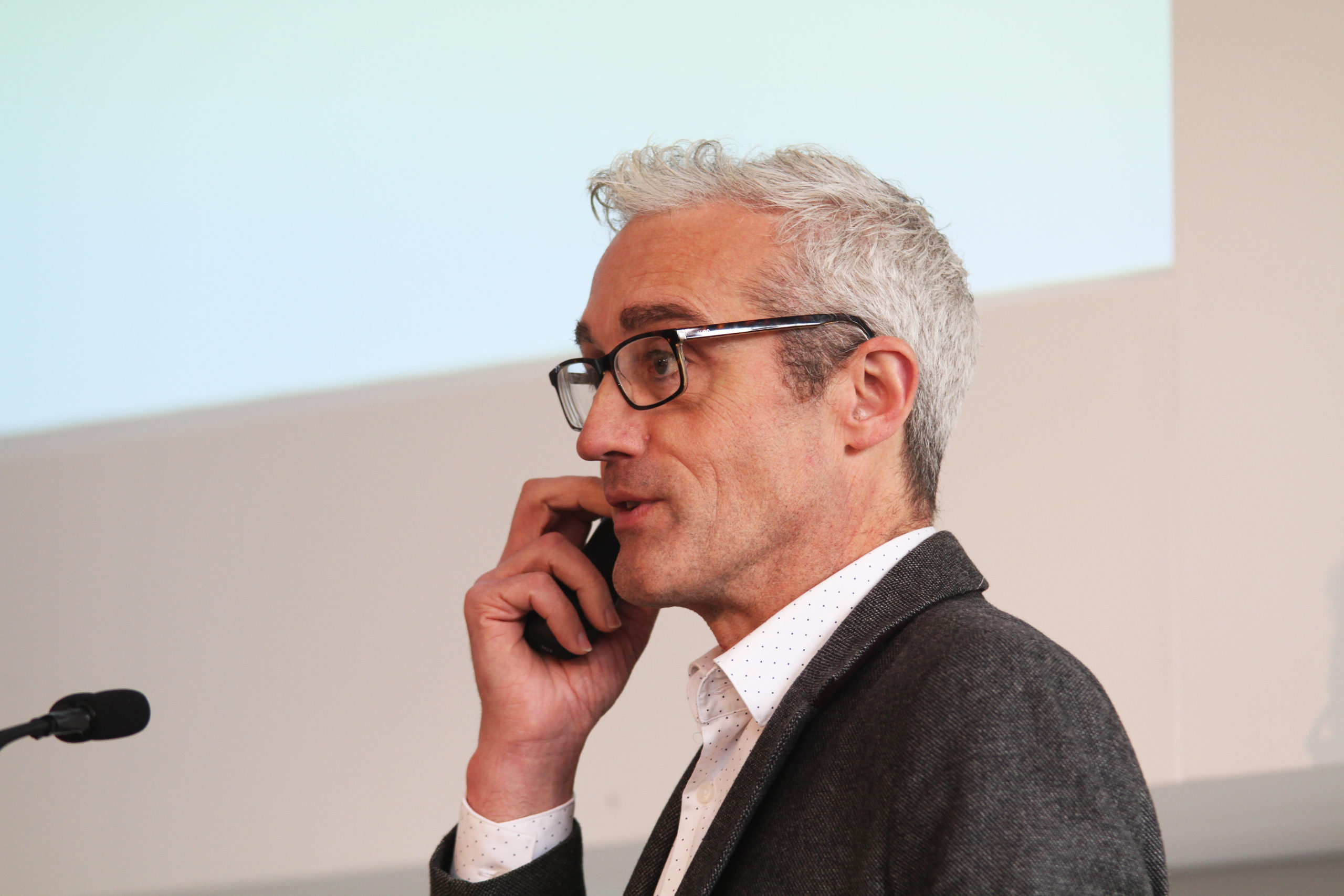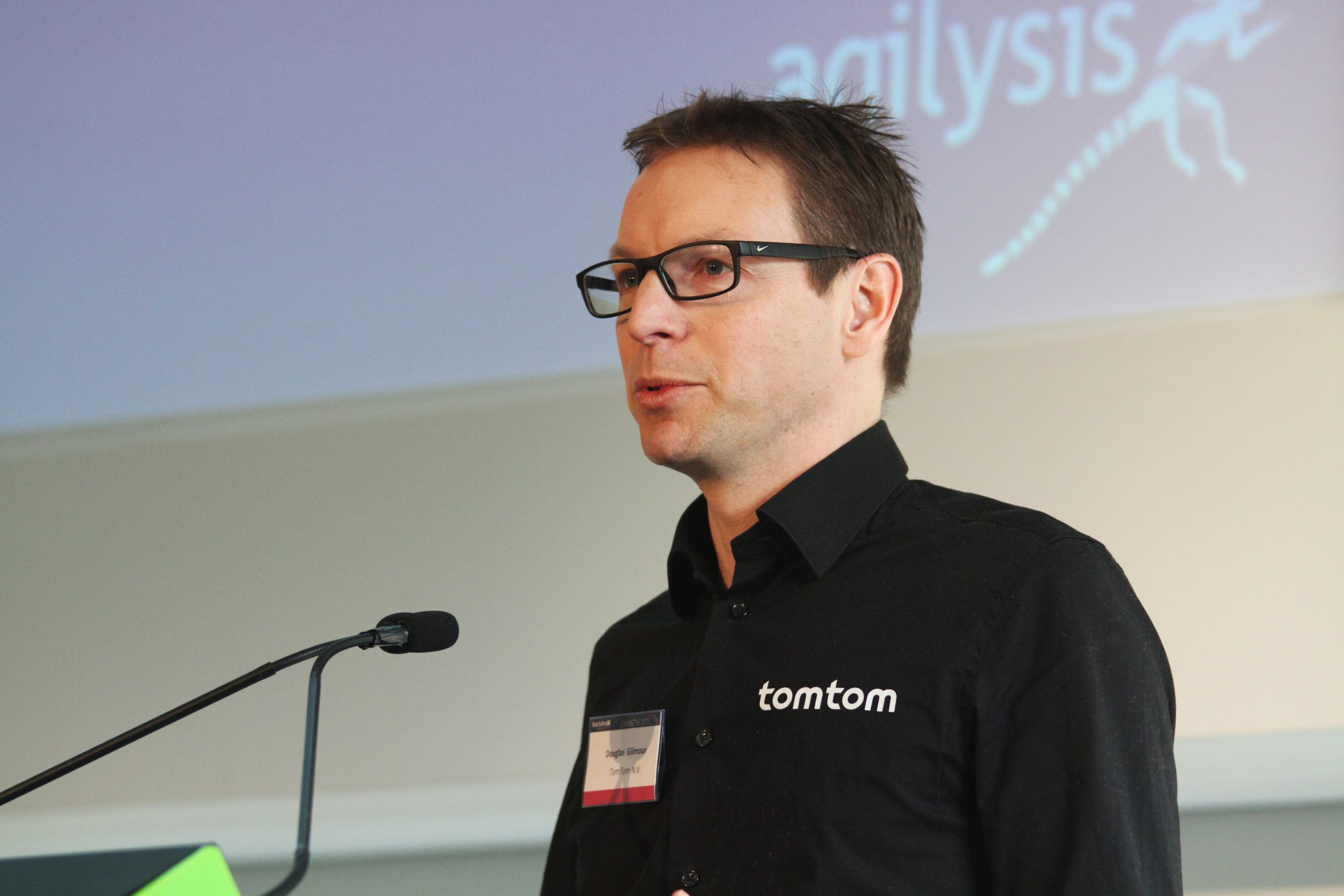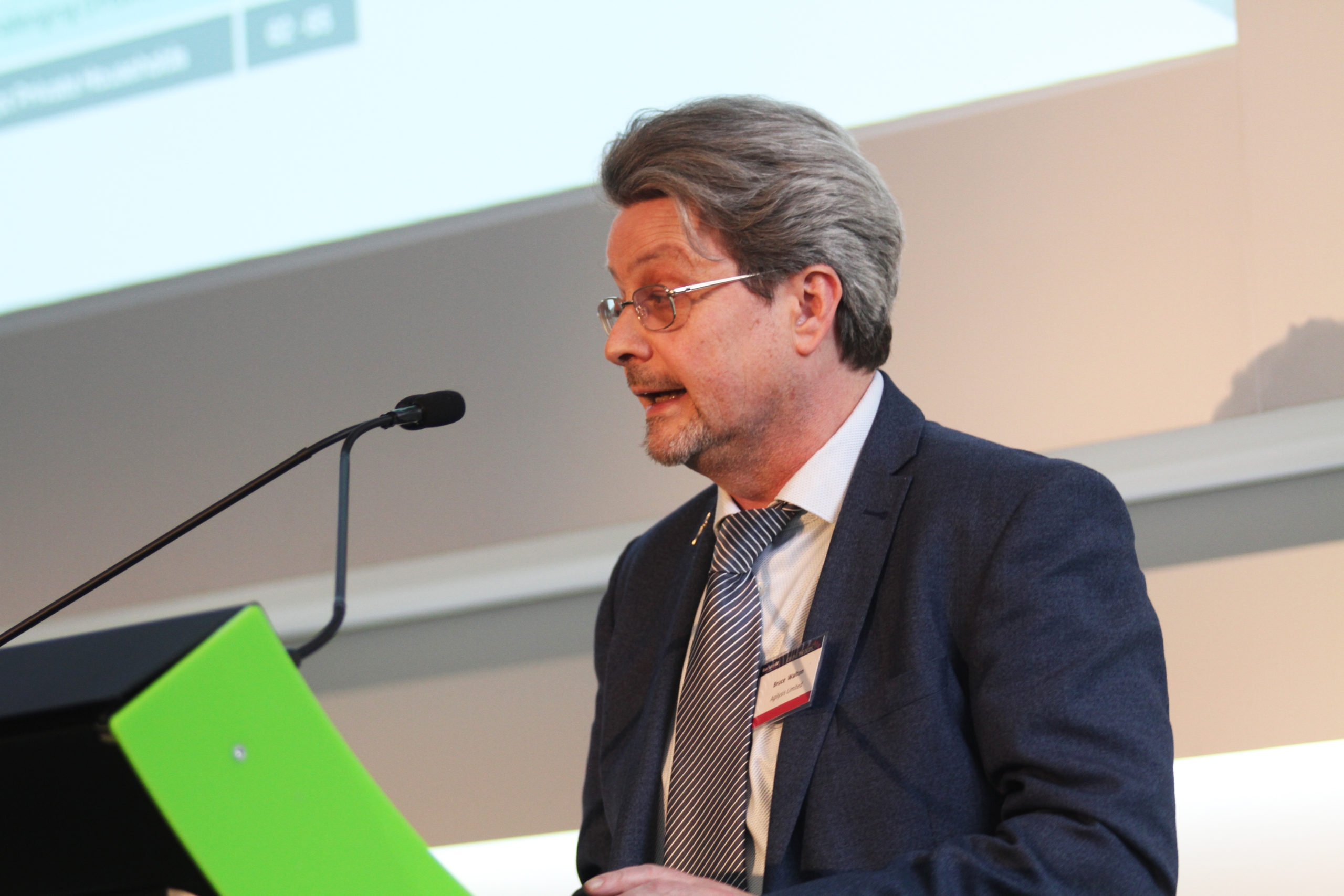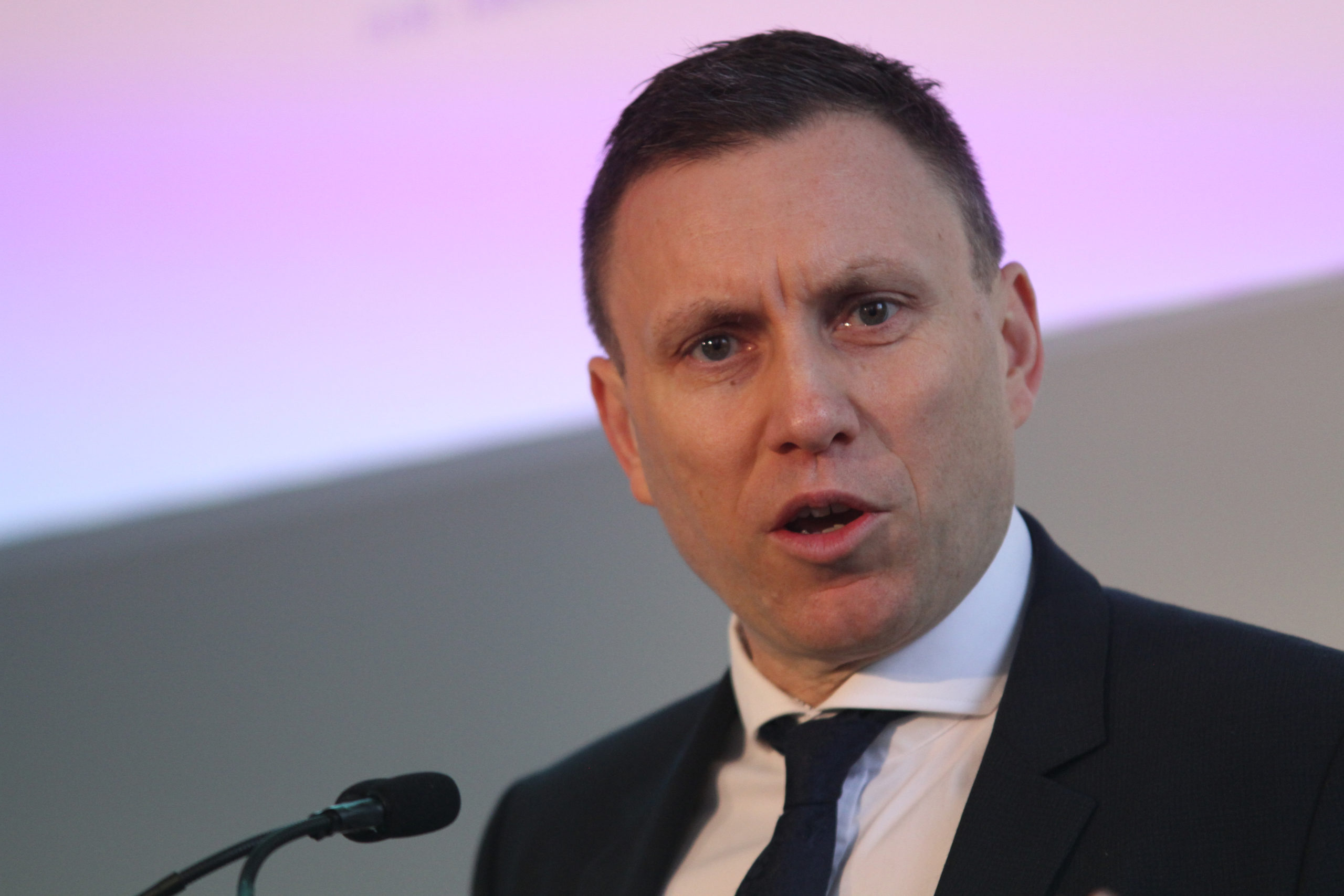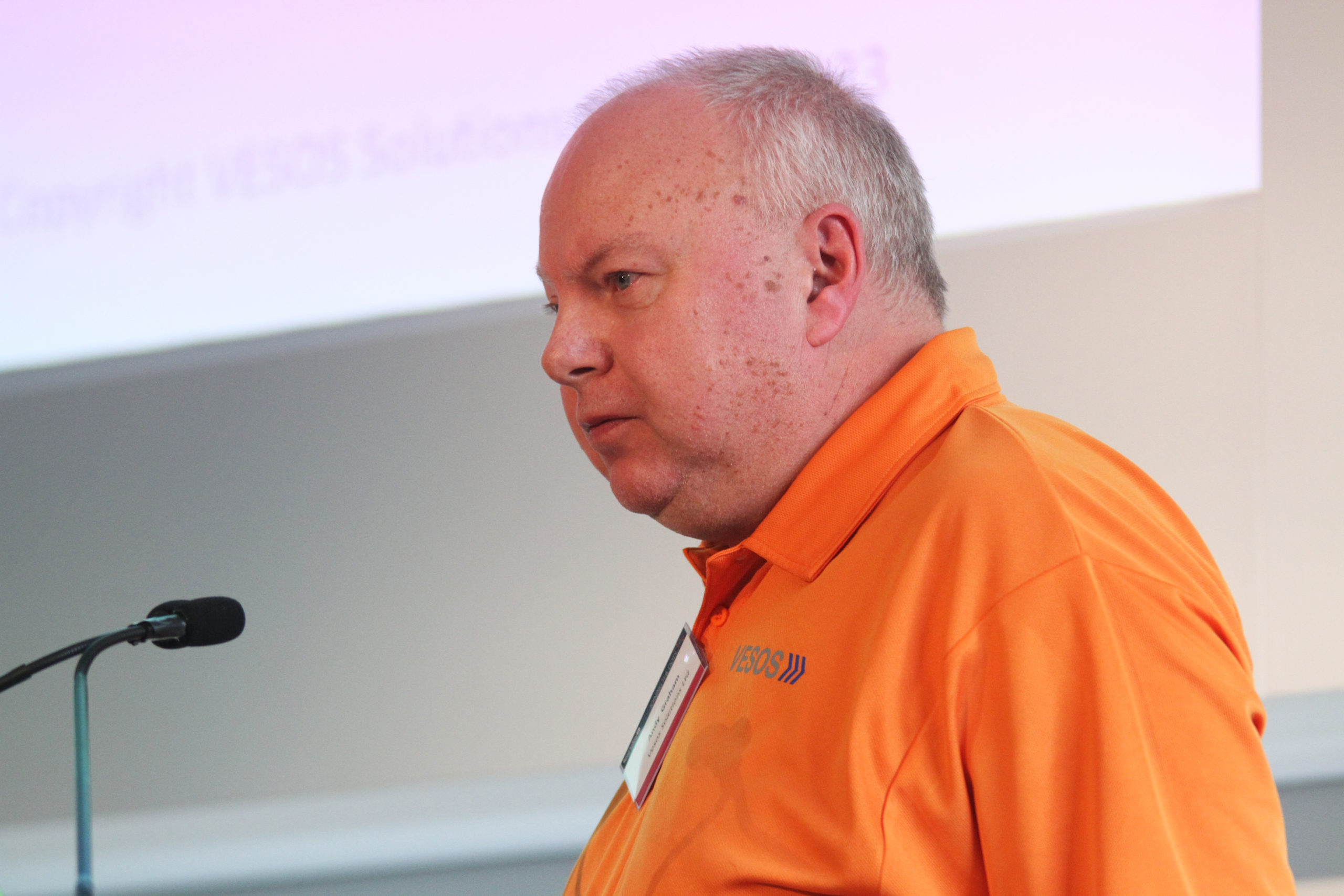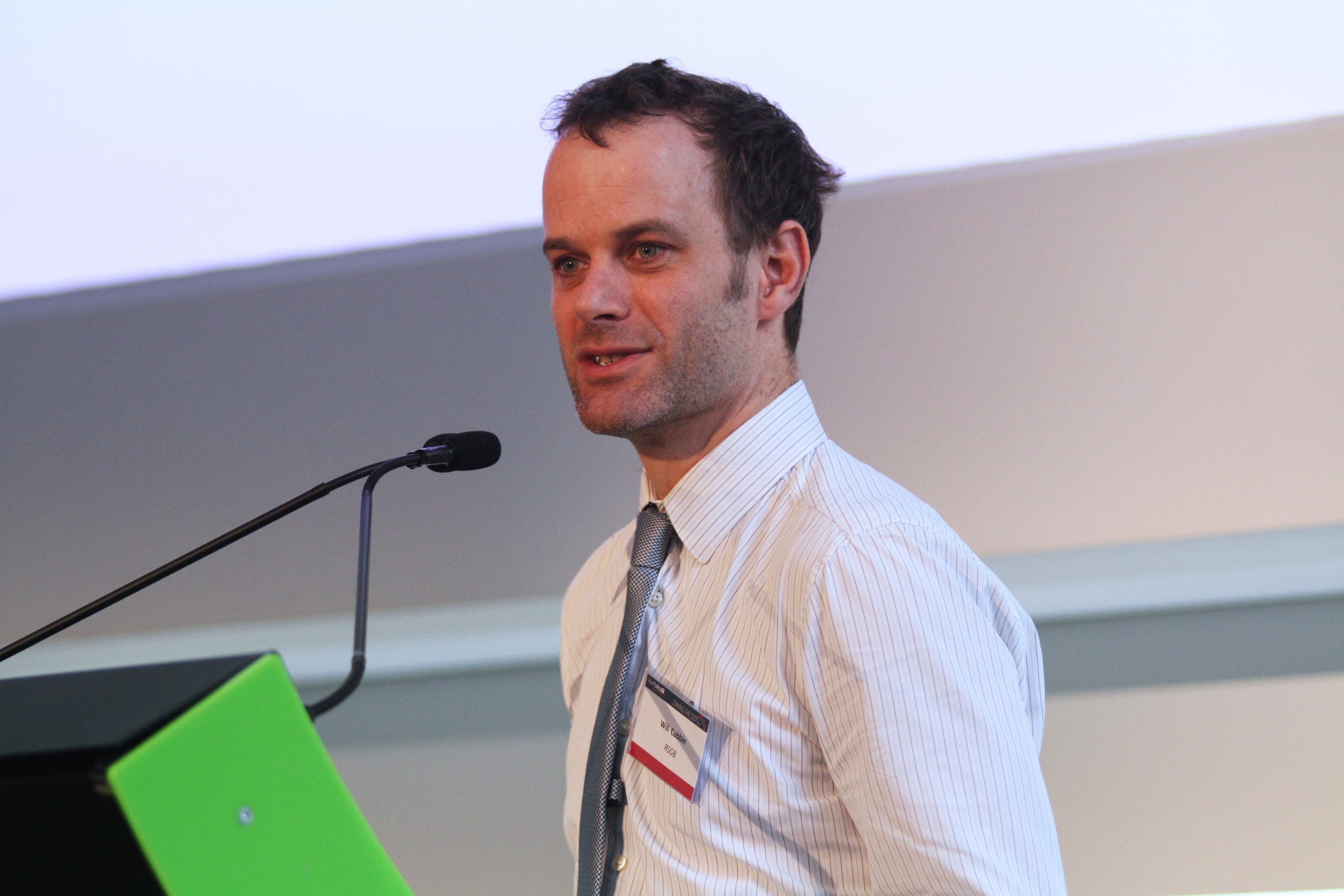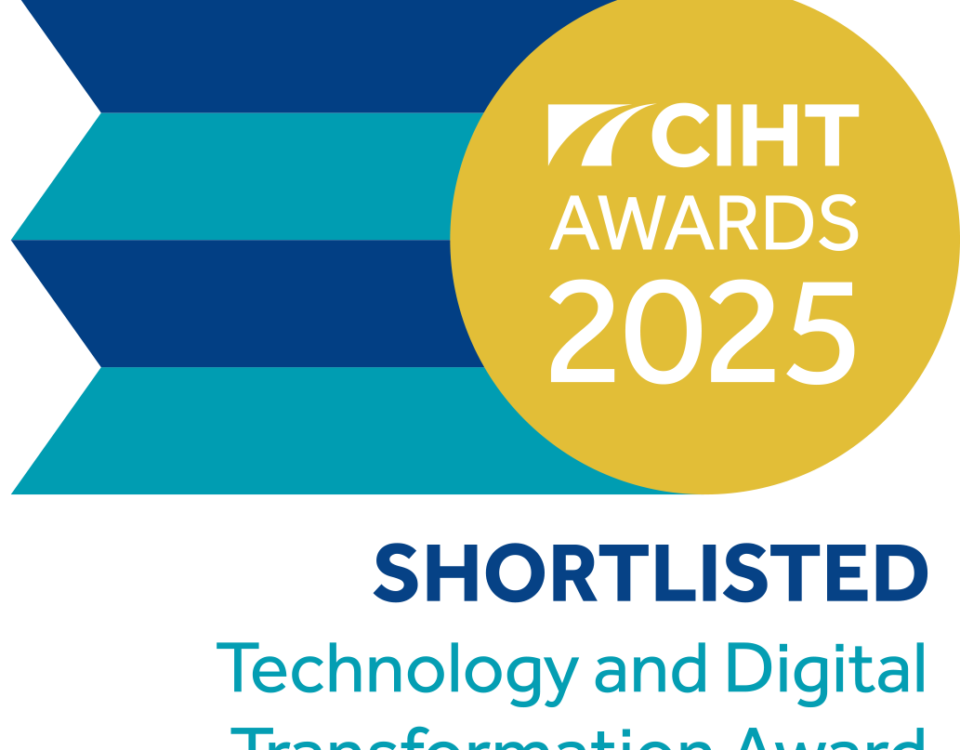
This week London played host to the 9th annual RSGB Analysts conference ‘Joining the Dots’, drawing over 150 professionals and policymakers eager to explore the transformative potential of data in enhancing road safety. Sponsored by National Highways, Acusensus, and Jenoptik, this year's event once again pushed the boundaries of data analysis in the road safety sector, reflecting efforts across England, Scotland, and Wales.
In a last-minute change to the agenda, the day kicked off with an electrifying keynote address by Richard Owen, who delved into the evolving landscape of data and its impact on the Safe System paradigm. Attendees were then treated to a series of insightful sessions, starting with Sheena Hague providing updates on the National Highways Road to Zero Harm project and Katrina Caldwell discussing data insights for Scotland's Road Safety Framework. Professor Ian Walker from Swansea University challenged conventional assumptions about mobility and motoring, sparking lively discussions among participants.
The conference continued to explore cutting-edge topics, with Douglas Gilmour from TomTom showcasing how connected vehicle data can bolster road safety efforts. Max Sugarman from ITS UK examined the implications of Intelligent Transport Systems, while Andy Graham explored leveraging eCall to reduce injury severity on road networks.
Afternoon sessions introduced dual-stream content, offering delegates in London interactive workshops on new data types and analysis futures, while online participants were treated to exclusive presentations. Dan Campsall reviewed a recently published paper on risky driving contributory factors and vehicle brands, followed by Isobel Wilson discussing the role of AI in transport decarbonisation. Peter Jamieson from Anditi highlighted novel data collection methods for global road safety, and Lindsay Eckley shed light on the Road Safety Trust grants process.
The final session of the day was marked by Andy Cox from the Met Police urging a forensic approach to road traffic injury analysis, emphasising the value of multidisciplinary teams in devising effective interventions. Bruce Walton unveiled community risk profiles derived from STATS19 data integrated with the Acorn classification system, while Nathan Harpham from TRL closed the event with insights into utilising data for Zero Harm initiatives.
The Joining the Dots conference once again proved to be a calendar event of innovation and collaboration in the road safety sector. By harnessing the power of new forms of data and analysis, attendees left empowered with new perspectives and strategies to drive meaningful change on our roads. As the conference draws to a close, the echoes of its discussions and insights are sure to resonate, guiding future endeavours towards safer and more sustainable transportation systems.
